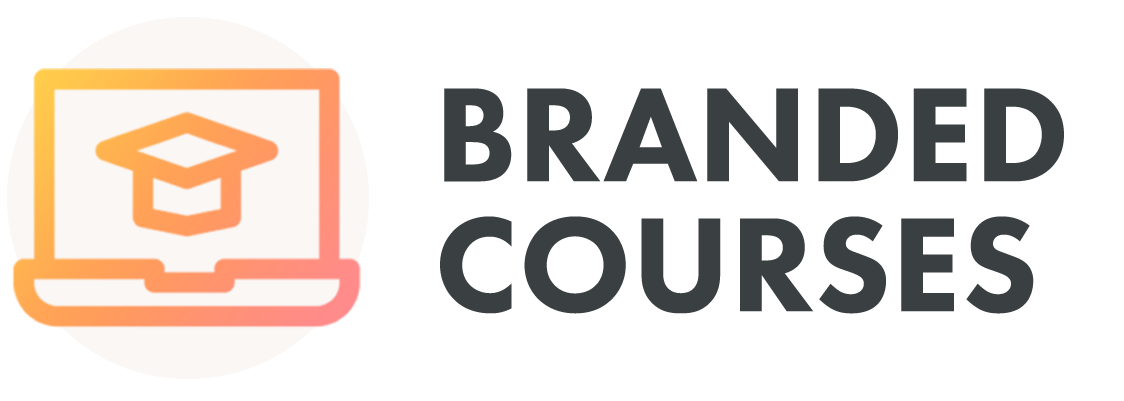A course map is a visual representation of your course. It is essentially a representation of how you intend to approach and assess each of the student learning outcomes you identified for your course.
Course maps allow you to delve into all parts of your course, the objectives, the goals, the delivery, the outcomes and evaluation all in one. After completing a course map, you can target meaningful changes and set the direction for your course in an effort to increase student learning.
Getting started is usually the hardest part.
While there are numerous ways to go about mapping an online course in particular, the following steps are what are most important and prevalent in a lot of course mapping articles.
- What is the course and who is it for? – Describe briefly what your course is and who is it for? Identify your target audience and why are they your audience? This is very much like figuring out what is the ideal persona or person for your course. What level of knowledge do your students already possess or might even need for your course? Are they at the beginner, intermediate or advanced stage? A great to start off is by determining what is your start point and your end goal. Remember your end point has to be realistic and deliverable.
- What are course learning outcomes? – This might be one of the most vital parts of course mapping. Students will only buy your course if they know exactly what they have learned by the end of it and what problem will be solved by taking this course. Most people are paying money to learn because they have a need that must be met. So, as the course creator you need to stand in their shoes and get into their heads and outline the different challenges that your students are facing that will be solved if they take this course, and make this your Unique Selling Proposition. Many others could be selling the same course but what is the one or more things that your course offers that makes you stand out?
- Map your course modules – This part can feel daunting as it can sometimes be hard to put all the knowledge you have onto paper but once you get started, the content will start flowing. A good tip is to start off by asking yourself the question of if I had no idea what this course was about, what would be the first thing I would need to know? And go from there. Relay all the information that is needed to bring your students to that end goal from step 1 and help them solve their problems in step 2. For each module, outline the learning outcomes and how it will help them reach the end goal. Also highlight the other elements of each module, if there will be any interactive activities, quizzes or assessments and list any resources that can help them with their assignments etc. This will show them what learning for the course will look like.
Course maps are really effective for both the teacher and student. Students will have clarity when it comes to what they’re learning and why they’re learning it. It also will give them motivation knowing that they’re getting closer and closer to their end goal with each module.





